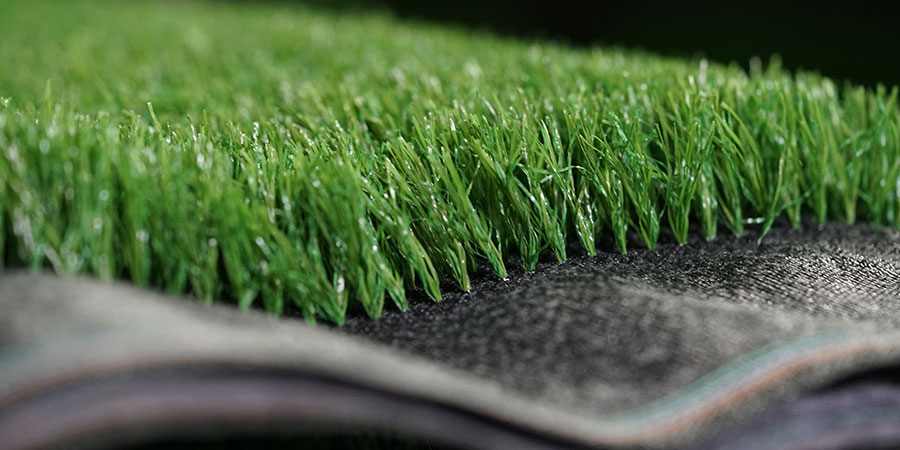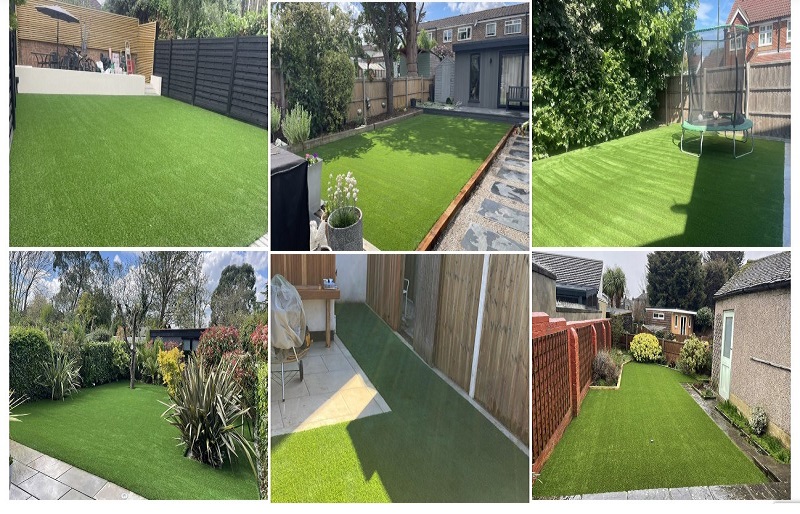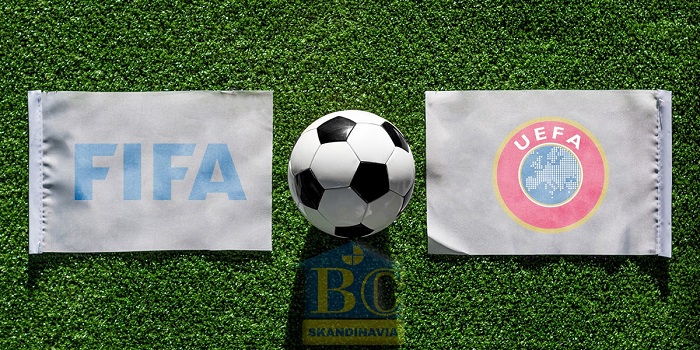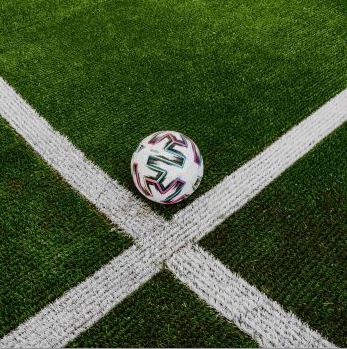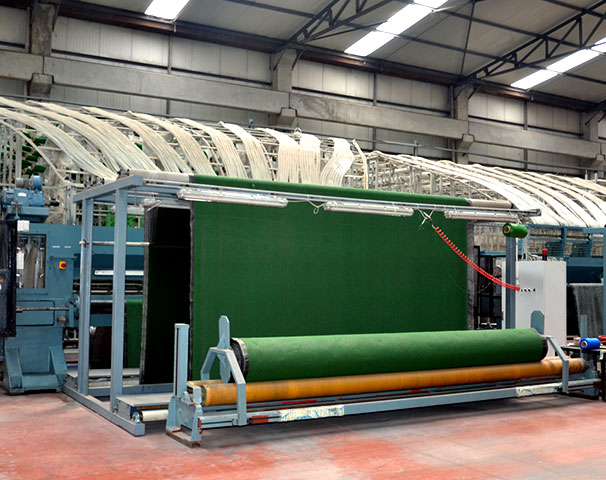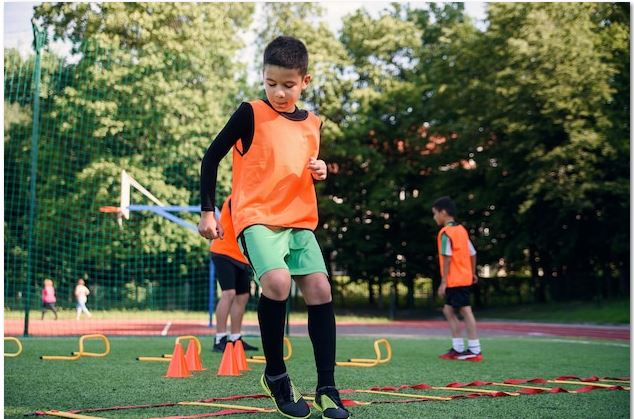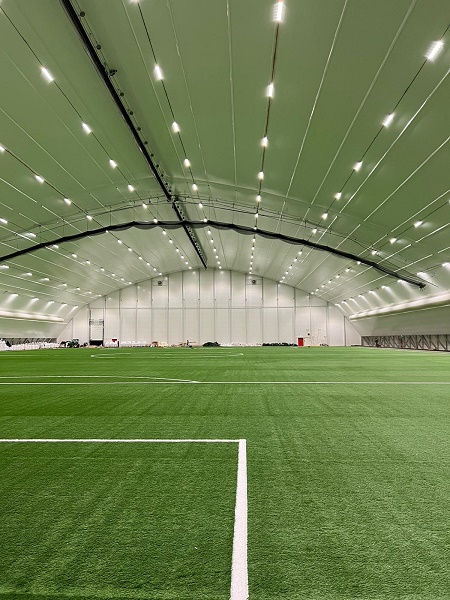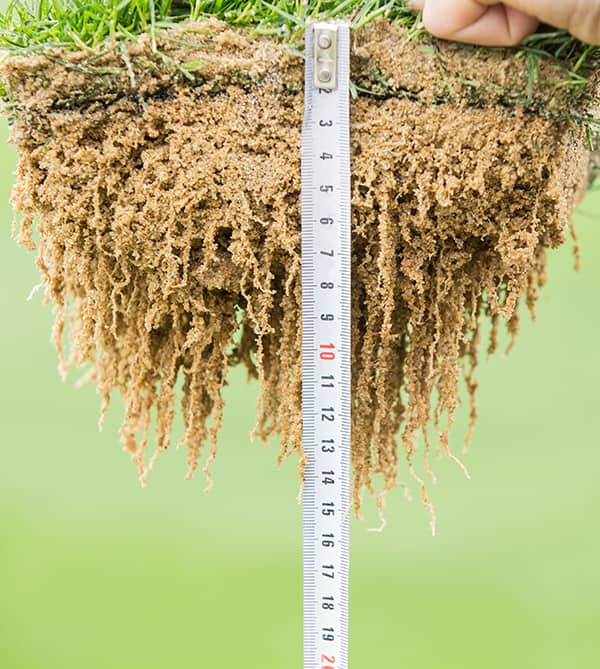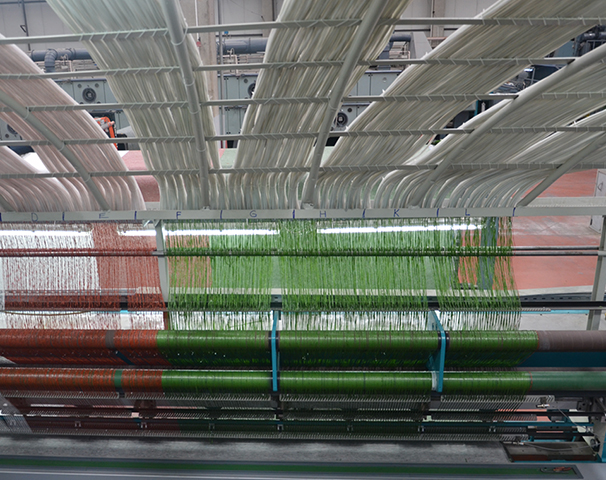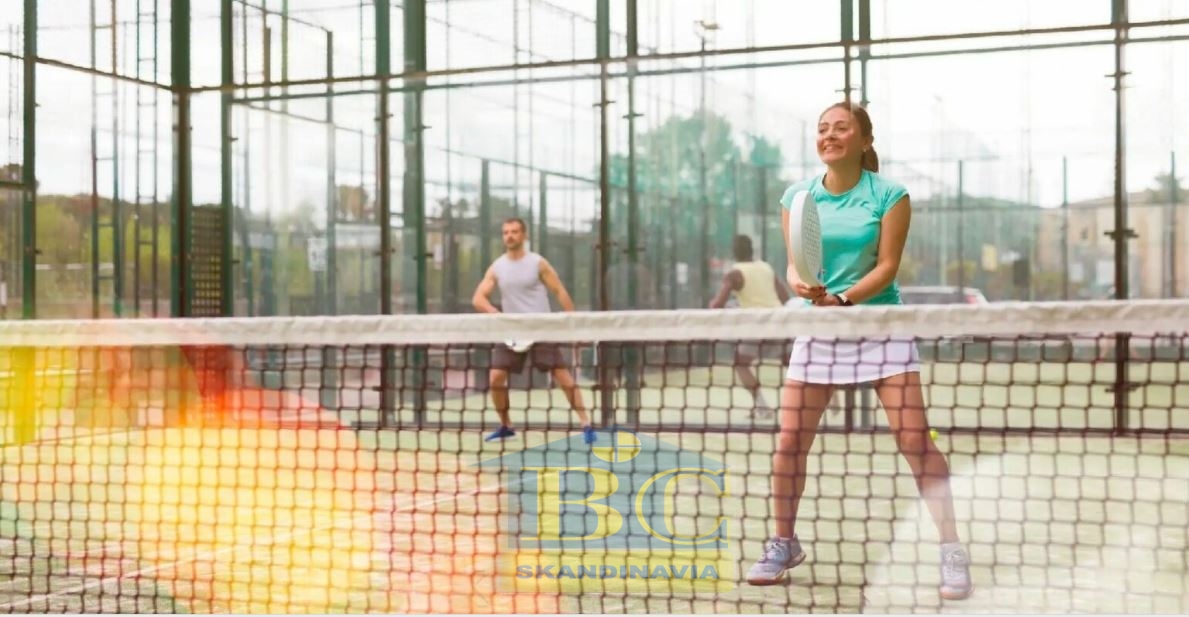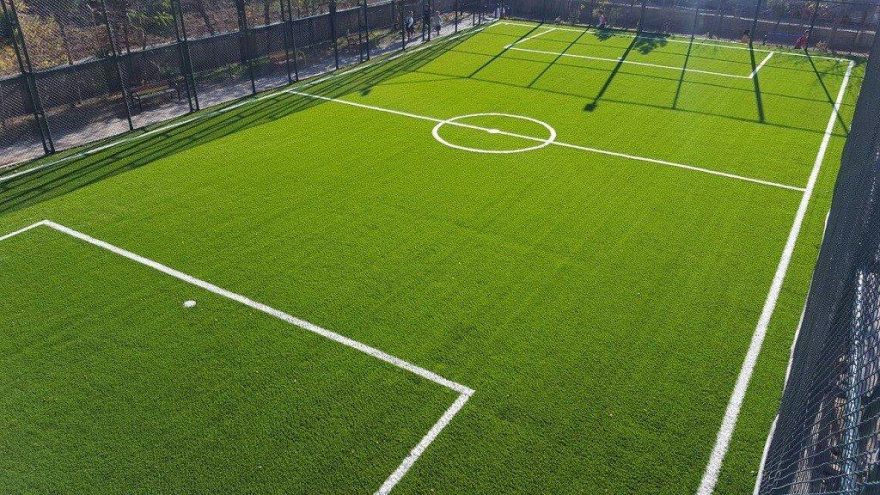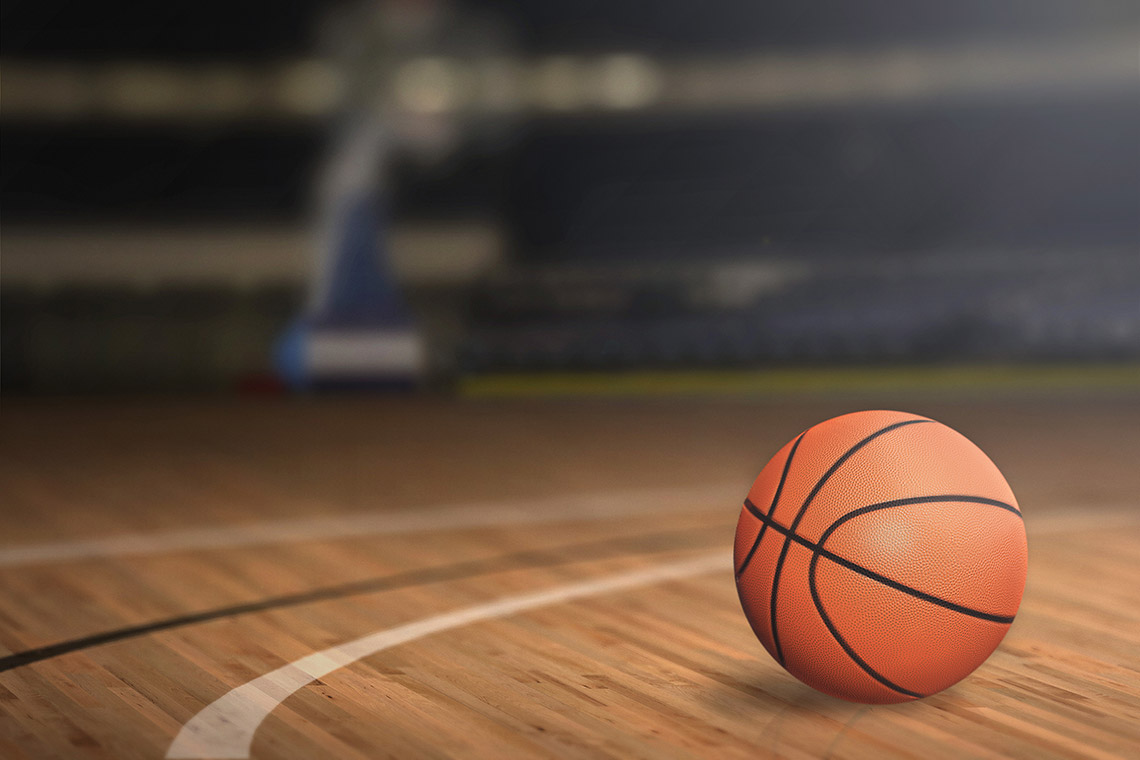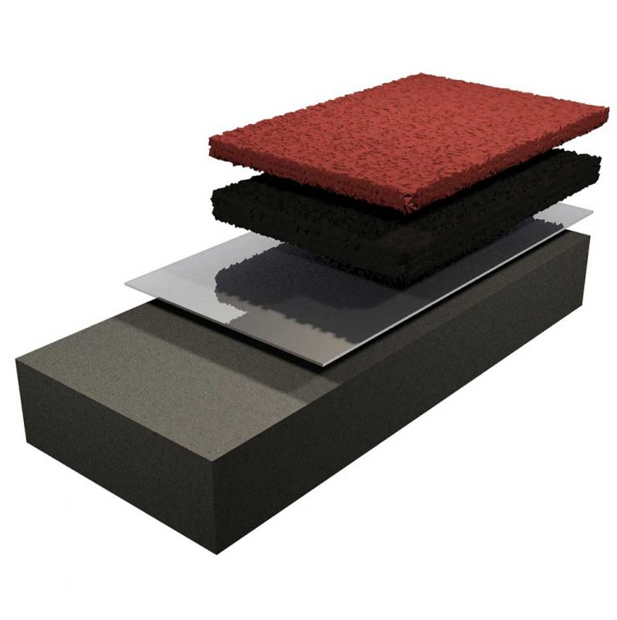What Is Artificial Grass?
Artificial grass is a surface made of synthetic fibres that mimics natural grass in sports fields and landscape areas.
Synthetic turf is an alternative to natural turf, its raw material is petroleum. As a result of the searches to eliminate some of the disadvantages of natural turf, synthetic turf has been discovered and first started to be applied in sports facilities and later, decorative artificial turf for decorative purposes began to use in our gardens.
Synthetic turf, whose raw material is petroleum, is technically filled with rubber granules and is produced by weaving yarns made of 100% polyethylene material.
In short, artificial turf, which started to enter our lives in the 2000s, is divided into 2 main categories as sports artificial turf and decorative artificial turf.
What are the advantages of artificial grass?
Natural grass and artificial grass… Both green, but with big differences. As you can imagine, synthetic grass requires less maintenance than regular lawn, but it has also some other benefits. As the best one of artificial grass company in European B&C Skandianvia Sport`s prepared some tips for you:
Lawn and artificial lawn look exactly the same at first glance. The big difference, however, is that you don’t just buy artificial turf grassfor appearance. You always have to be careful with natural grassturf; otherwise it will shrink or wither.
Artificial turf doesn’t have this problem. However often you use it, it stays green.
When it has rained, a field of grass becomes a mud pit. You won’t have any problems with that on artificial turf either.
The water runs away quickly and children can play on it again immediately. No dirty clothes or muddy feet in the house.
What types of artificial grass are there?
Wherever a weather proof running surface is needed outside in the garden, artificial turf is a good and inexpensive solution.
A high quality artificial grass carpet is offered by the meter in various widths and colours. Nubs on the underside prevent artificial turf laid on concrete or wood from slipping. Another advantage of artificial turf is that the water can drain off easily when it is wet and raining.
Artificial turf can be laid very easily by cutting it to size with a knife or scissors on the balcony, terrace or even on normal garden soil. Outdoor carpets made of plastic are also very suitable as a pool border, as a base for an outdoor shower, for sidewalks or as a floor covering in a play area for children and pets.
If you value a false grass that looks as realistic as possible, you should opt for Cambridge, Oxford, Windsor or Colorado artificial turf with a pile height of 1.5 cm or more. The possible uses for an artificial lawn carpet are really very large, because the material used is weather-resistant, UV-resistant and feels comfortable even when walking barefoot.
Some sports artificial grass usage areas are:
Football fields
Tennis courts
Golf Courses
Cricket Ground
Hockey Pitch
Rugby Pitch
Padel Court
Paintball fields
Some landscape artificial grass usage areas are:
Artificial grass for garden
Artificial grass for balcony
Artificial grass for terrace
Artificial grass for playground
Installation of artificial grass
In order to be able to lay artificial turf properly and professionally, soil temperatures of at least 12 to 15 degrees and dry weather are required. The actual artificial turf season for installation is from approx. March to October.
The right substructure is just as important as high-quality artificial turf.
The subsurface must be stable and permeable to seep.
You don’t have to worry too much about this on terraces or balconies. If there is a slight slope or a subsurface that can seep (e.g. garden slabs), the artificial turf can simply be laid on the existing flooring like a carpet.
But if you want to enjoy artificial turf in the garden for a long time, it is essential to provide a solid surface.
Today there are various ways to create a stable and sustainable surface for artificial turf.
The most common are installations on water-permeable seepage concrete casings.
Plastic tiles are also used for underlayer of artificial grasses
If you lay the artificial turf yourself, you would have to purchase all the appropriate materials and tools.
There are a number of films on YouTube that explain how to lay artificial turf.
But our expert team from ilkersport.com is ready to help you with pleasure anytime you need.

